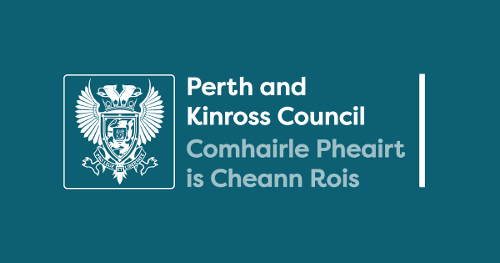Common Allocations Policy April 2025
Common Allocations Policy: Introduction
Background
The Common Allocations Policy April 2025 (PDF, 1 MB) ('the CAP') has been developed as part of the Perth and Kinross Common Housing Register ('the CHR').
The CHR is a computer-based single waiting list which four local social housing organisations use to register applicants for housing. It's designed to make it easier and quicker for you to apply for housing by filling in one application form. Each CHR landlord will use this form.
The CAP has been developed by four local social landlords working in Perth and Kinross. They are:
- Perth and Kinross Council (the Council)
- Caledonia Housing Association (CHA)
- Hillcrest Homes
- Kingdom Housing Association
These four social housing landlords are referred to as 'we' or 'the partner landlords' in this document. The CAP tells you:
- how to apply for housing with any of the above partner landlords
- how we will assess your application based on your housing need
- how we allocate available homes to meet the needs of housing applicants on the CHR
We use a group plus points system to allocate houses. This means we will place you in a group which reflects your housing need and award points within your group to reflect the degree of your housing need.
We have developed the CAP following consultation with housing applicants, tenants, and other stakeholders, including other Council services and NHS Tayside. The CAP is designed to meet the legal and regulatory standards that guide how the partners in the CHR should work.
There are not enough affordable homes in Perth and Kinross to help everyone who applies for housing. We therefore want to make sure that the CAP allows us to assess the needs of each applicant and to allocate homes in a fair and consistent way, so that available homes are let to those in the greatest need of housing.
We also want to make sure that if you apply for housing you can access advice and information on all the housing options available to you, so that you can make informed choices and maximise your opportunities of finding the right home.
We will make this policy available to you in other languages or formats, such as large print and Braille and also publish it on our websites. Refer to Appendix 2 for further details.
Acting within the law
We have developed this policy using the good practice available from the Scottish Government, the Scottish Housing Regulator, the Scottish Federation of Housing Associations and the Chartered Institute of Housing. This means our policy is fair and gives reasonable preference to applicants in housing need. This policy complies with, and takes account of, the following housing legislation:
- Housing (Scotland) Act 1987
- Housing (Scotland) Act 2001
- Housing (Scotland) Act 2006
- Housing (Scotland) Act 2010
- Housing (Scotland) Act 2014
- Homelessness etc (Scotland) Act 2003
We also protect your rights by meeting the legal requirements set out in other legislation, including:
- Human Rights Act 1998
- General Data Protection Regulations (GDPR) and the Data Protection Act 2018
- Matrimonial Homes (Family Protection) (Scotland) Act 1981
- Children Scotland Act 1995
- Civil Partnership Act 2004
- Immigration and Asylum Act 1999
- Protection from Harassment Act 1997
- Management of Offenders etc (Scotland) Act 2005
- Equality Act 2010
- Adult Support and Protection (Scotland) Act 2007
The Scottish Social Housing Charter
The Scottish Housing Regulator uses outcomes and standards set out in the Scottish Social Housing Charter (SSHC) to assess the performance of social landlords. To allow the CAP to meet the required outcomes and standards we have developed our policy to ensure:
- Outcome 1: Social landlords perform all aspects of their housing services so that:
- they support the right to adequate housing
- every tenant and other customer has their individual needs and rights recognised, is treated fairly and with respect, and receives fair access to housing and housing services
- Outcomes 7, 8 and 9: Housing options - Social landlords work together to ensure that:
- people looking for housing get information that helps them make informed choices and decisions about the range of housing options available to them
- tenants and people on housing lists can review their housing options
- people at risk of losing their homes get advice and information on preventing homelessness.
- Outcome 10: Access to social housing - Social landlords ensure that:
- people looking for housing find it easy to apply for the widest choice of social housing available and get the information they need on how the landlord allocates homes and on their prospects of being housed
- homeless people get prompt and easy access to help and advice; are provided with suitable, good-quality temporary or emergency accommodation when this is needed; and are offered continuing support to help them get and keep the home they are entitled to




